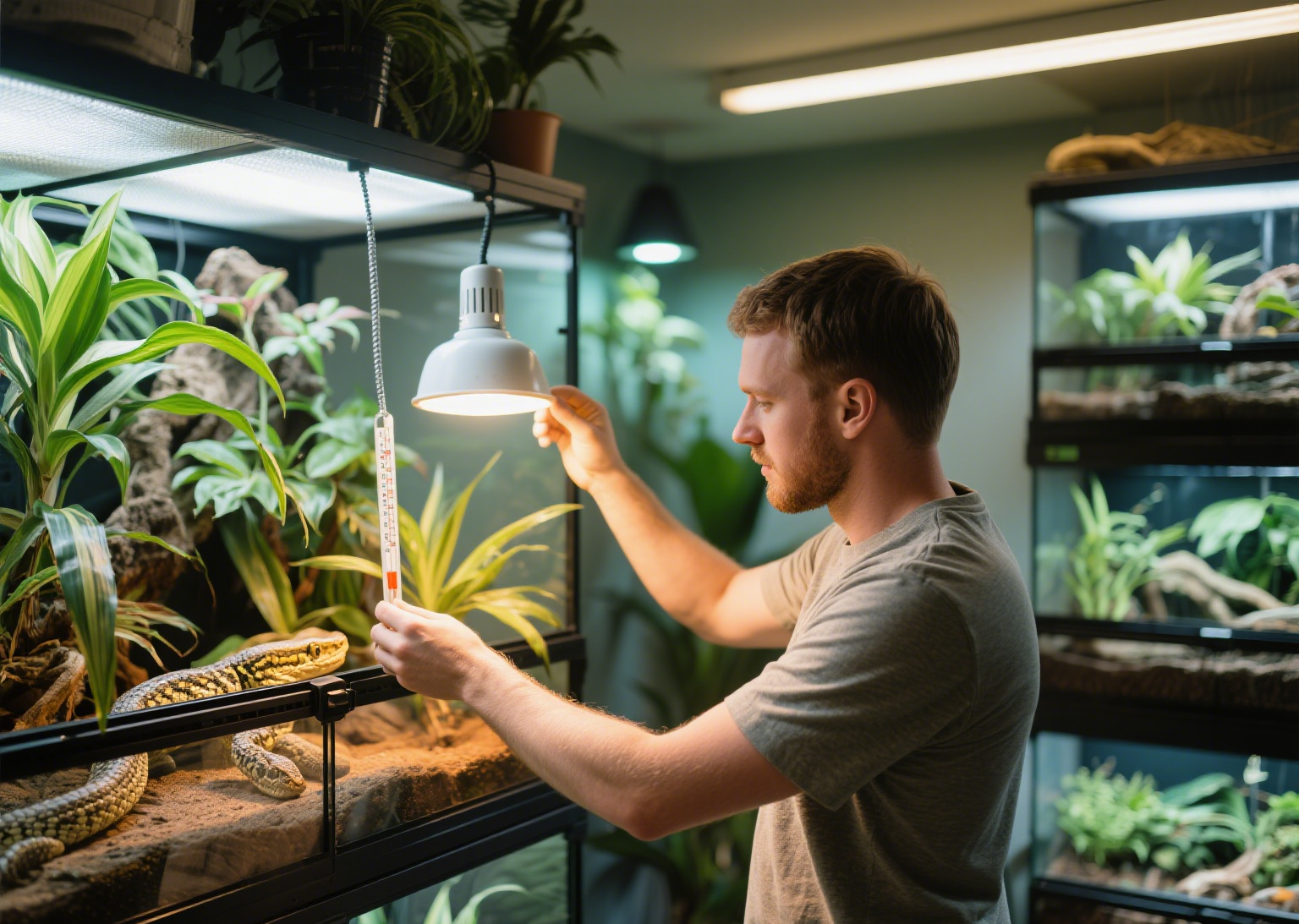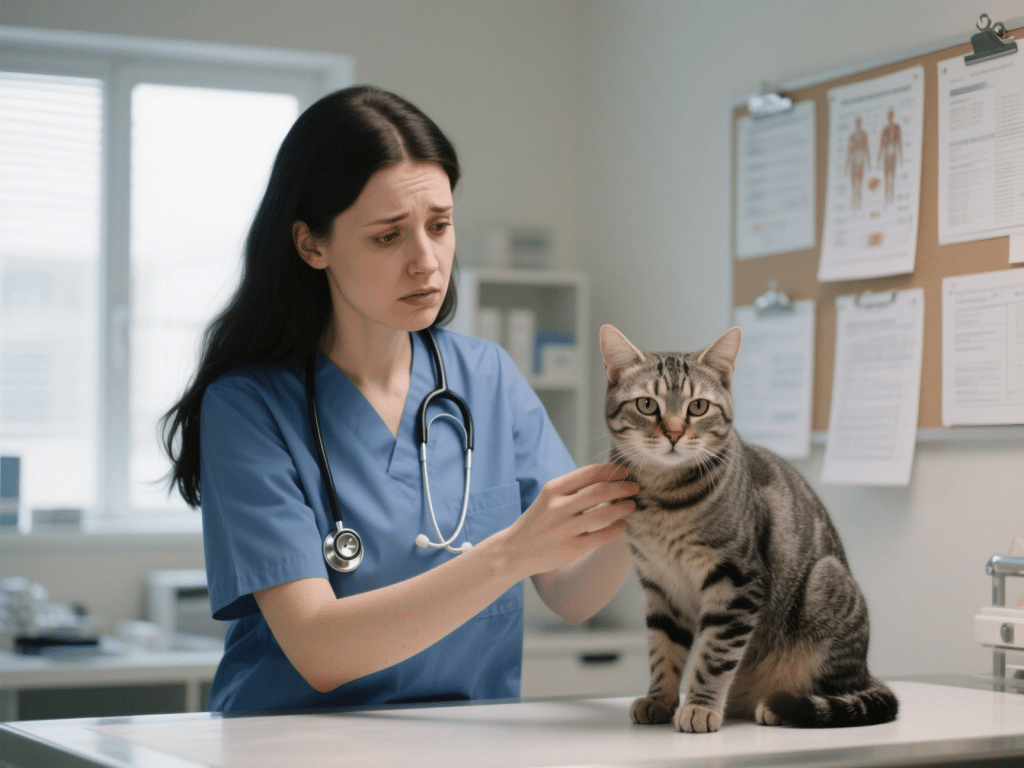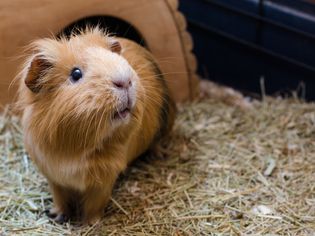Explore more:
- Small Pets
- Guinea Pigs
Heatstroke seems like an unlikely affliction for Guinea pigs, which are native to South America and can be found in a variety of areas from forests to swamps to savannas. But, these rodents are surprisingly sensitive to sudden changes in their environments. High temperatures, in particular, can be harmful, potentially causing lethargy, seizures, and even death. Knowing how to prevent heatstroke and recognize signs of Guinea pig distress may help save your pet's life.
Heatstroke occurs when a Guinea pig's body temperature gets too high. A Guinea pig's normal body temperature ranges between 102 and 104 degrees Fahrenheit, and environmental temperatures above that range are risky for this animal. Serious internal damage, such as inflammation and blood clotting issues, can occur when a Guinea pig overheats.
The signs of heatstroke in a guinea pig may seem subtle at first, but if you notice your guinea pig is slower and more lethargic than usual, these could be the first indications that it is overheating.
Rapid breathing may be seen if you watch its chest and see that it is moving more quickly than usual. Panting or open-mouth breathing may also be observed.
An overheated Guinea pig may drool excessively or lie limply on its side. In severe cases, it may experience seizures. If heatstroke symptoms are not quickly addressed, coma and death can occur.
Heatstroke in Guinea pigs can happen in less than an hour and can result from anything that makes a Guinea pig's body get too warm too quickly. Some examples of situations that may result in heatstroke include:
Diagnosing heatstroke is straightforward based on symptoms and, more importantly, the environment surrounding a Guinea pig. High heat, or recent exposure to direct sunlight or a heat source, should immediately inform an owner and a veterinarian of the condition.
If you suspect your Guinea pig is developing or has heatstroke, immediately get it to a cooler location. This may mean you need to bring it into an air-conditioned house, move it out of direct sunlight, or get it away from a heat vent—whatever it takes to cool your Guinea pig down.
If your Guinea pig is so weak that it cannot stand, is non-responsive, or is having seizures, it needs to see a veterinarian immediately.
Many Guinea pigs with severe heatstroke are also dehydrated and have low blood sugar levels. After your pig has cooled down a bit, offer a high-calorie, liquid herbivore supplement like EmerAid or Critical Care (you may need to syringe feed).
A veterinarian will be able to determine if your Guinea pig needs IV or subcutaneous fluids to correct dehydration, oxygen therapy may be indicated, and an oral sugar solution or medications to treat specific symptoms of heatstroke might also be necessary.
How well a Guinea pig recovers is largely dependent on the severity and duration of the heatstroke. Intense heat may quickly kill a Guinea pig, but milder cases of overheating will likely be recoverable and inflict no long-lasting damage.
There are some simple ways you can help prevent your Guinea pig from ever developing heatstroke.
If you plan on taking your Guinea pig outside with you on a hot day, be sure to keep it out of the sun and limit its time outdoors. (If it is over 80 degrees Fahrenheit outside, it is best to keep your Guinea pig indoors.) If the outside temperature is under 80 degrees, find a shady spot in the grass to place your pig, and offer plenty of water to drink with some fresh, dark, leafy greens to help keep your Guinea pig hydrated and happy.
If your Guinea pig needs to take a car ride with you on a warm day, make sure you don't leave it in the car without the air conditioning on. Cars get very warm rapidly, even with the windows rolled down.
Finally, make sure your home's indoor temperature stays below 80 degrees Fahrenheit at all times. A fan or some other sort of air circulation should be present to keep your Guinea pig cool. Lastly, avoid placing its enclosure in front of a heat vent or sunny window.

I’m a lifelong eco-enthusiast and certified pet behavior consultant. Making your own pet...

IntroductionEngaging your dog with stimulating toys is essential for mental and physical h...

IntroductionCreating a suitable terrarium environment is essential for the health and long...

Dealing with Feline Urinary Tract Problems: Prevention and CareFeline Lower Urinary Tract ...

The Ultimate Guide to Pet Dental Care: How to Keep Your Pet’s Teeth HealthyWhy Dental He...

Dealing with Pet Separation Anxiety: Signs and SolutionsPet separation anxiety (SA) affect...

The Essential Shield for Modern Pet OwnersRising veterinary costs present significant fina...

Rats have a reputation for being pests or vermin, but they are intelligent and social ani...

Guinea pigs are prone to several health problems, and getting bladder stones are one of t...
Comments on "Heatstroke in Guinea Pigs" :